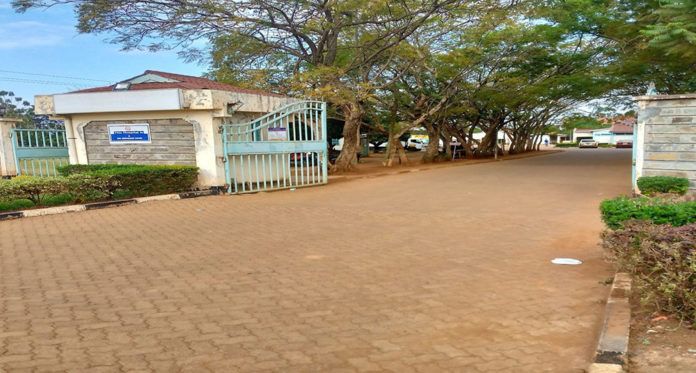By Jack Ochieng Ohito, DevReporter, Siaya county.
AREA OF FOCUS
In Kenya, maternal mortality rate has declined by 17% from 590 in 1998 to 362 out of 100,000 live births in 2014. To help improve on this progress, the Siaya Government elected in the 2022 elections will need to effectively address the issues of personnel and also make equipment available for all medical needs.
Why No Woman Should Die in Siaya Hospital While Delivering
Maternal mortality rate, the rate at which women die during pregnancy, childbirth or within 42 days after delivery, has posed a major health challenge to the female folk worldwide. In Kenya, maternal mortality rate has declined by 17% from 590 in 1998 to 362 out of 100,000 live births in 2014. Every 1 in 38 women risk dying from pregnancy complications according to the World Health Organization.
Currently, Siaya has an increase in people delivering or seeking hospitals services. This starts from conception to birth. Beryl Achieng a mother of two, shares with RBNews about what she will take into consideration when electing her governor during Kenya’s general elections due on 9th August, 2022.
“Health is a primary department which will determine who I will elect on 9th August, 2022. The governor will need to promise and put into action, a transfer policy for staff, who stay for too long in the same facility. Also, shifting should be regular as well as giving nurses and doctors better remuneration to motivate them. Salary payments should be made in a timely manor. I am currently studying their (Governors’) manifestos and I will decide.”
There is need to look at the issues of personnel as well as making equipment available to the patients in all medical needs as will be required. Mr. Evans Omondi a resident of Kodiere in West Alego, Alego Usonga sub-county Siaya County says that the new government will need to hire enough staff. He says that the ratio of 1:4 would be a good one to have at every hospital to help reduce overworking caused by one personnel attending to too many patients. Also, equipment must be made available to enable health facilities attend to all patients at any time.
However, Beatrice Abol has a different experience after delivering her last-born daughter. She laments about corruption cases, which is rampant in our hospitals.
“ I was forced to pay for Cesarean section in 2015 when I delivered my last born even though I had Linda mama.”






